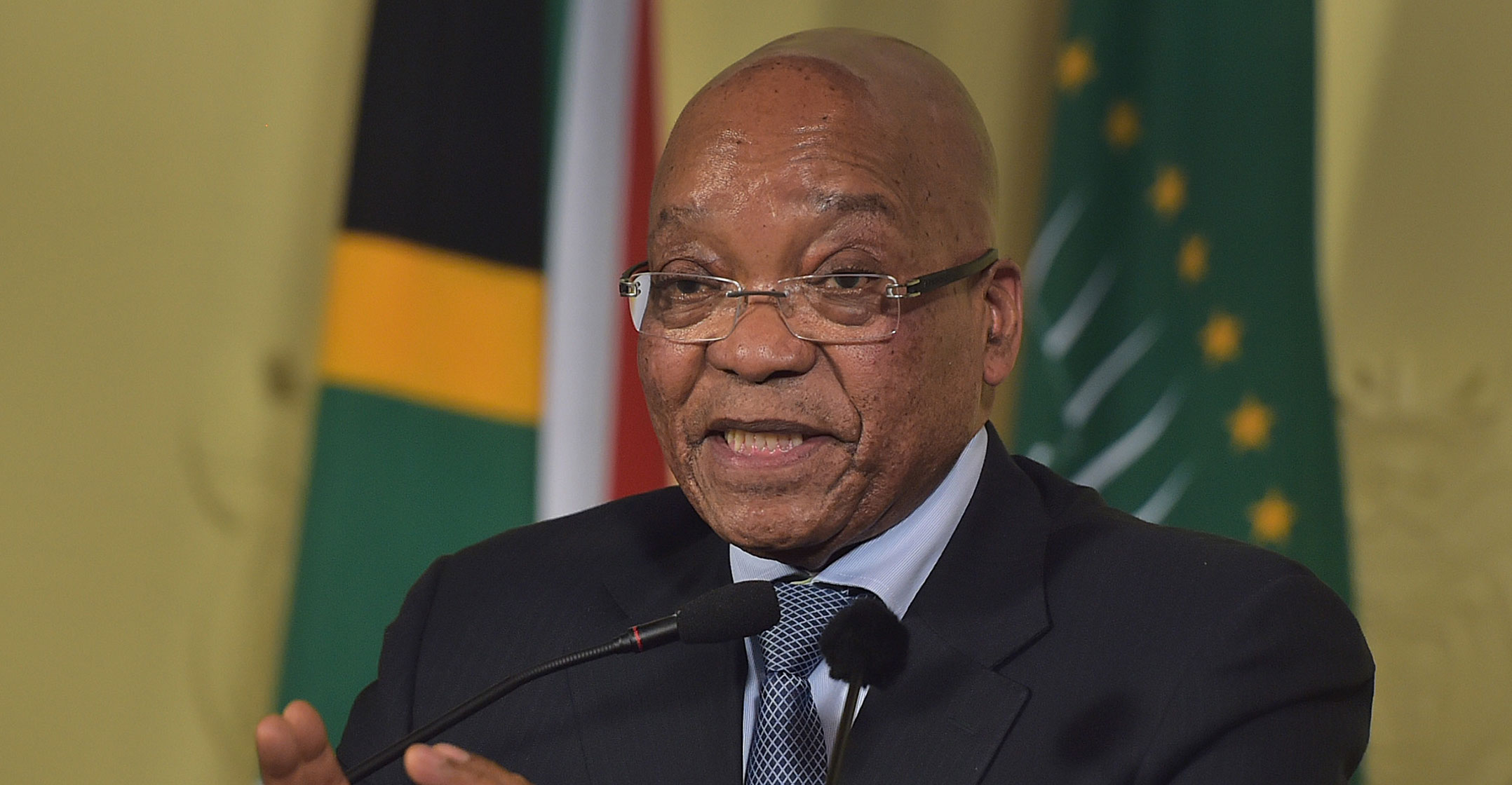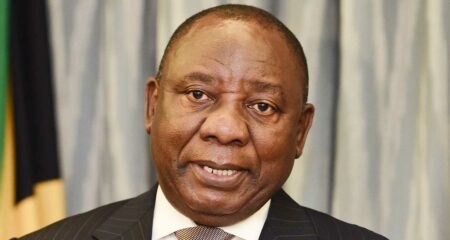 South Africans are expected to face major food shortages in the wake of days of violent unrest across two key provinces, as rioters upend supply chains by looting supermarkets and torching goods trucks.
South Africans are expected to face major food shortages in the wake of days of violent unrest across two key provinces, as rioters upend supply chains by looting supermarkets and torching goods trucks.
Footage of empty or sparse grocery-store shelves has been a staple of local news reports since the weekend, while chains such as Shoprite and Pick n Pay Stores closed many outlets altogether. In parts of Durban, the city at the centre of the upheaval, long queues formed outside the few open food shops and basics such as bread and milk were in short supply.
“Food is going to be a problem because shops haven’t been open for three days and many with bulk storage have been looted,” said Gavin Hudson, CEO of sugar producer Tongaat Hulett, which has suspended milling and refining operations outside the city. “I think we are going to face some food issues in KwaZulu-Natal very shortly.”
The unrest started with protests against the arrest of former President Jacob Zuma, but soon degenerated into deadly and destructive rampages in KwaZulu-Natal and Gauteng. Rioters have appropriated food, electronic goods and medical supplies from at least 800 stores, and retailers have lost an estimated R5-billion to date, according to the Consumer Goods Council of South Africa, an unprecedented amount.
More than 35 trucks have been destroyed, with a cost to logistics firms of at least R300-million and counting, the Road Freight Association estimates. That’s led to the closing of the key N3 highway between Durban and Johannesburg, cutting off the flow of food and other essential goods from the country’s biggest port to its most populous city.
Razed
Citrus farmers are in mid-export season and are among those unable to harvest and transport their produce, Christo van der Rheede, executive director of AgriSA, said in an interview. Sugarcane fields have been razed and livestock stolen, and commitments on exports that bring in crucial foreign exchange and support jobs may not be met, he said.
“South Africans are very fortunate to receive fresh fruit, fresh meat, fresh vegetables on a daily basis,” he said. “If these supply chains are disrupted, there won’t be fresh produce in stores and people will have to rely on frozen supplies. But what do we do if we run out of that as well?”
The food crisis is developing more than 18 months into a coronavirus pandemic that’s led to a spike in hunger around the world. As many as 811 million people — about a 10th of the global population — were undernourished in 2020, the United Nations said in a report on Monday.

Meanwhile, international prices are close to their 2011 peak and still rising, with South Africa just outside the top 20 nations most vulnerable to food-related violence, Ziad Daoud and Felipe Hernandez of Bloomberg Economics said in a 12 July note. Food inflation in the country hit 6.8% in May, the fastest pace in almost five years.
While the crisis may have its roots in support for Zuma, the scale of the outbreak has also been linked to years of poor government services and a record unemployment rate of 32.6%. South Africa is one of the most unequal countries in the world, underlying a high crime rate, and President Cyril Ramaphosa on Monday described the violence as “opportunistic acts of criminality, with groups of people instigating chaos merely as a cover for looting and theft”.
A small blessing is that the riots are localised in two specific provinces, but the problem will escalate if the violence spreads, said Van der Rheede. If that happens, the country’s entire food logistics network would be jeopardized.
“The last thing that we want is for South Africans to experience hunger, food shortages and starvation,” he said. — Reported by Prinesha Naidoo, Janice Kew and Loni Prinsloo, (c) 2021 Bloomberg LP




